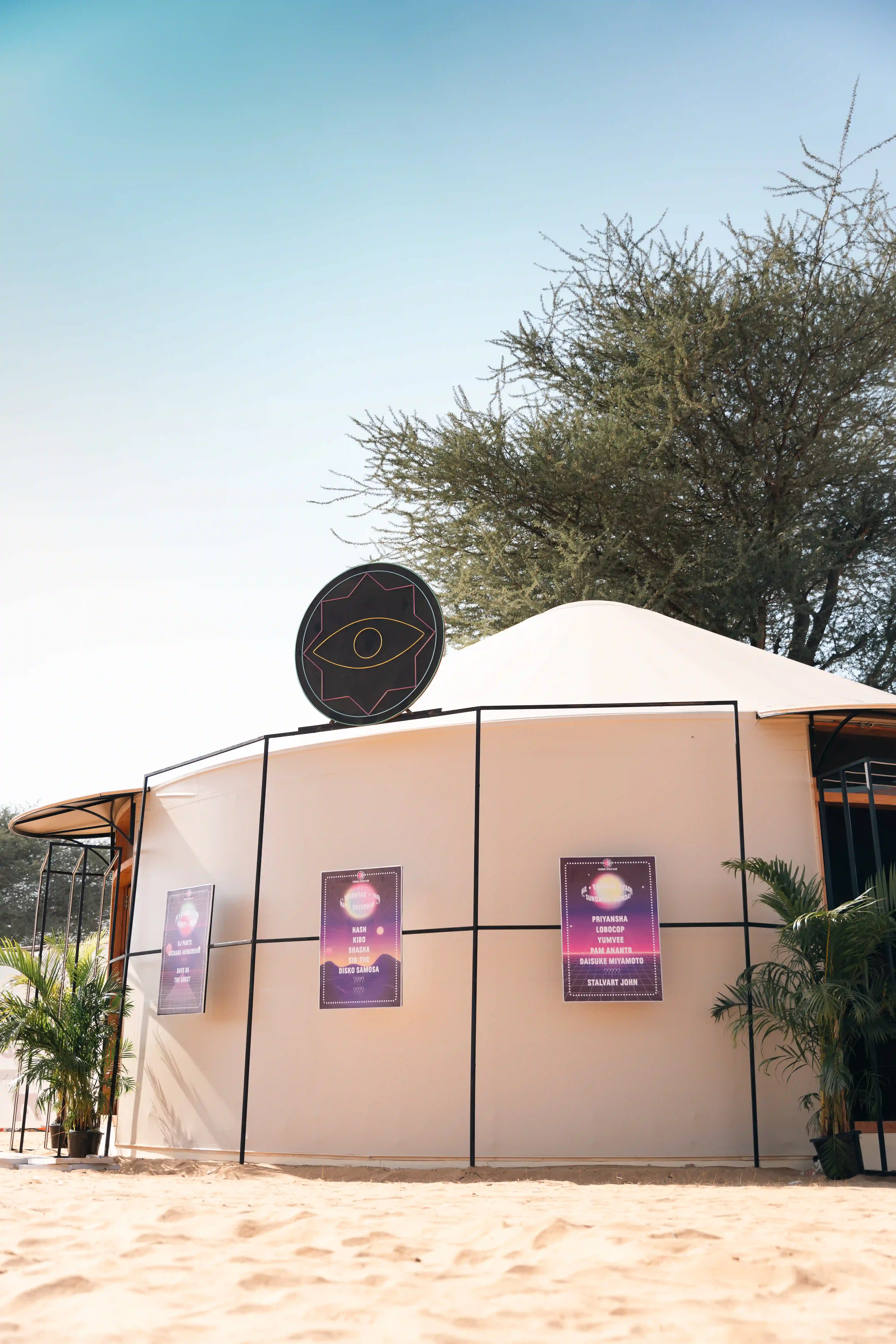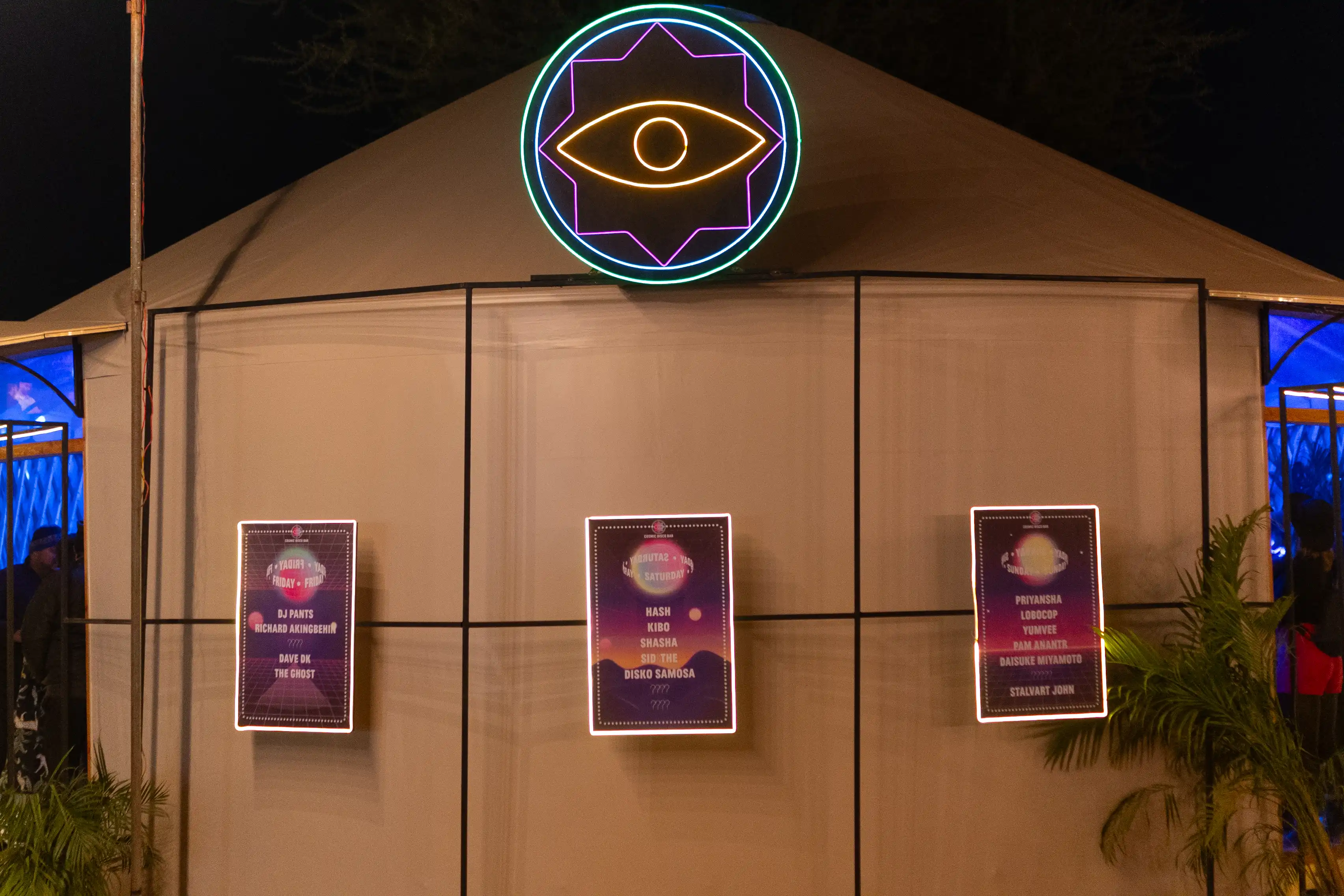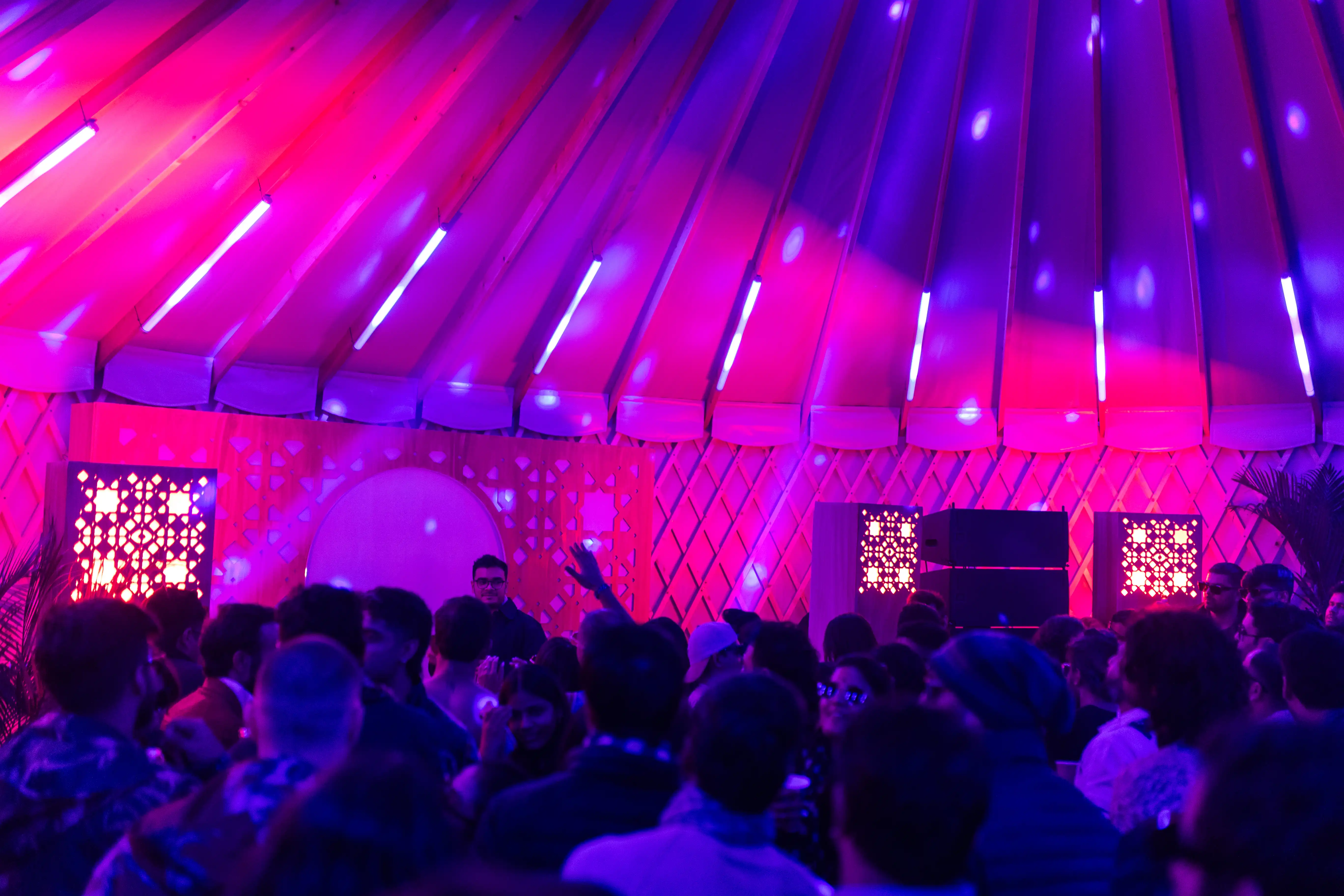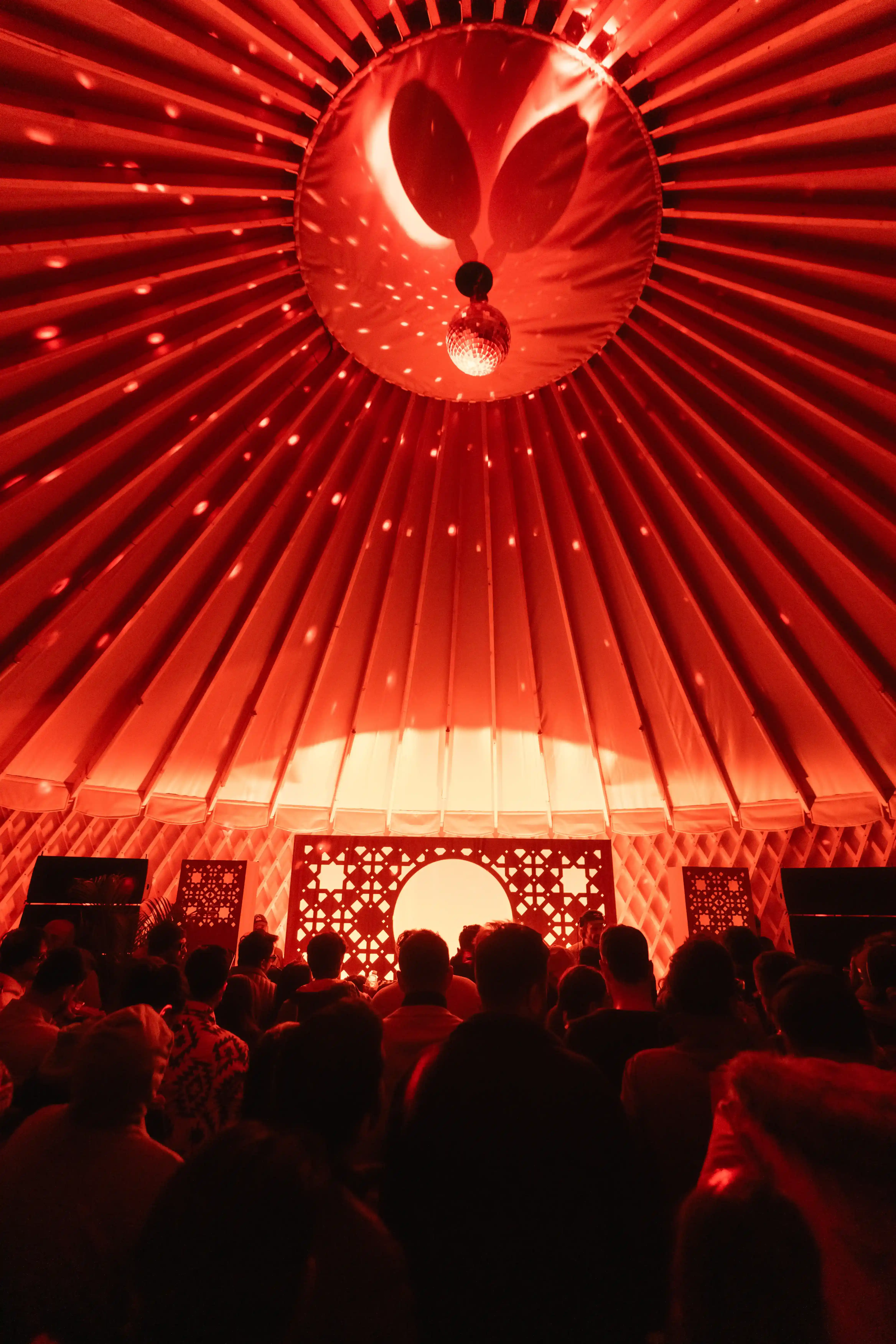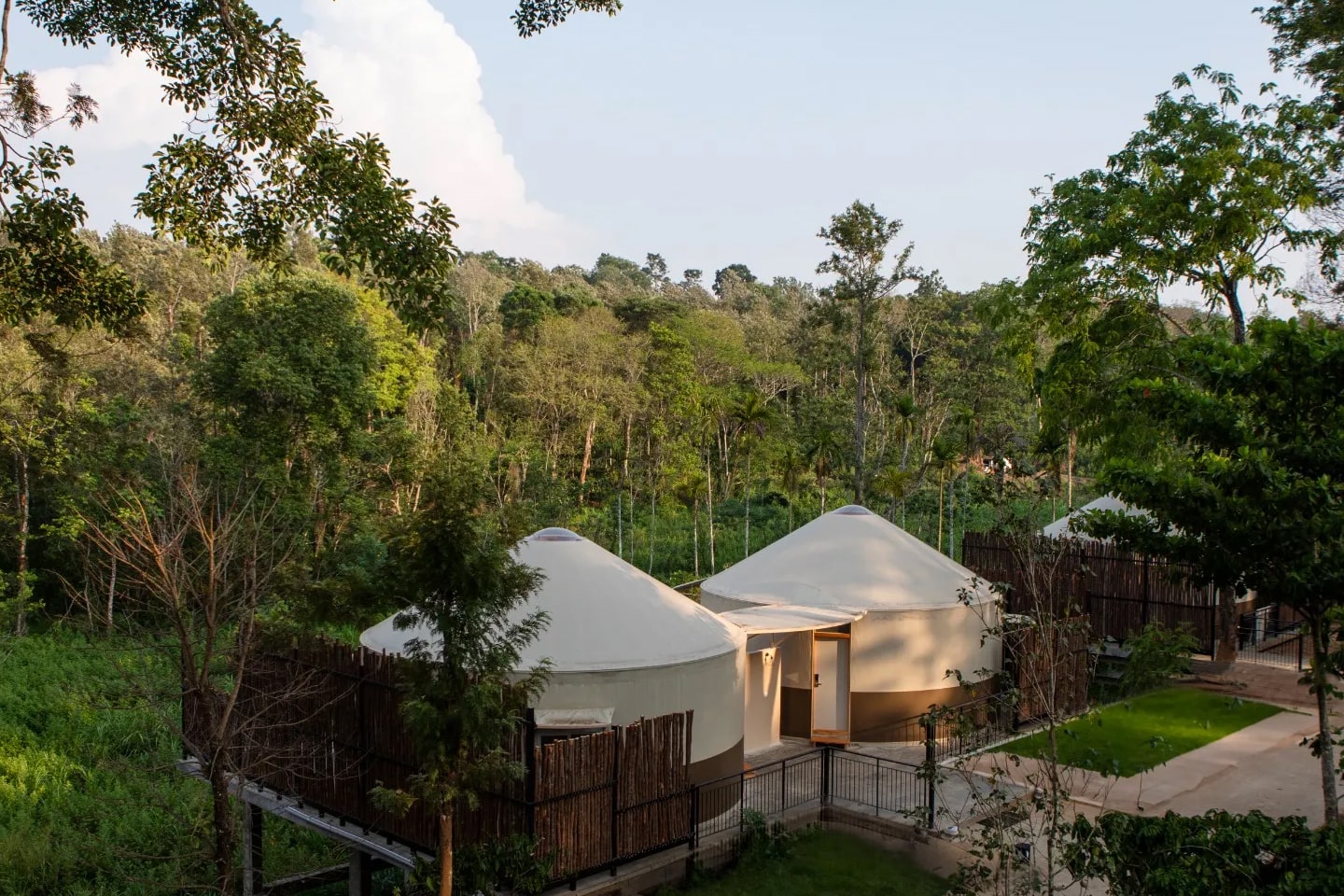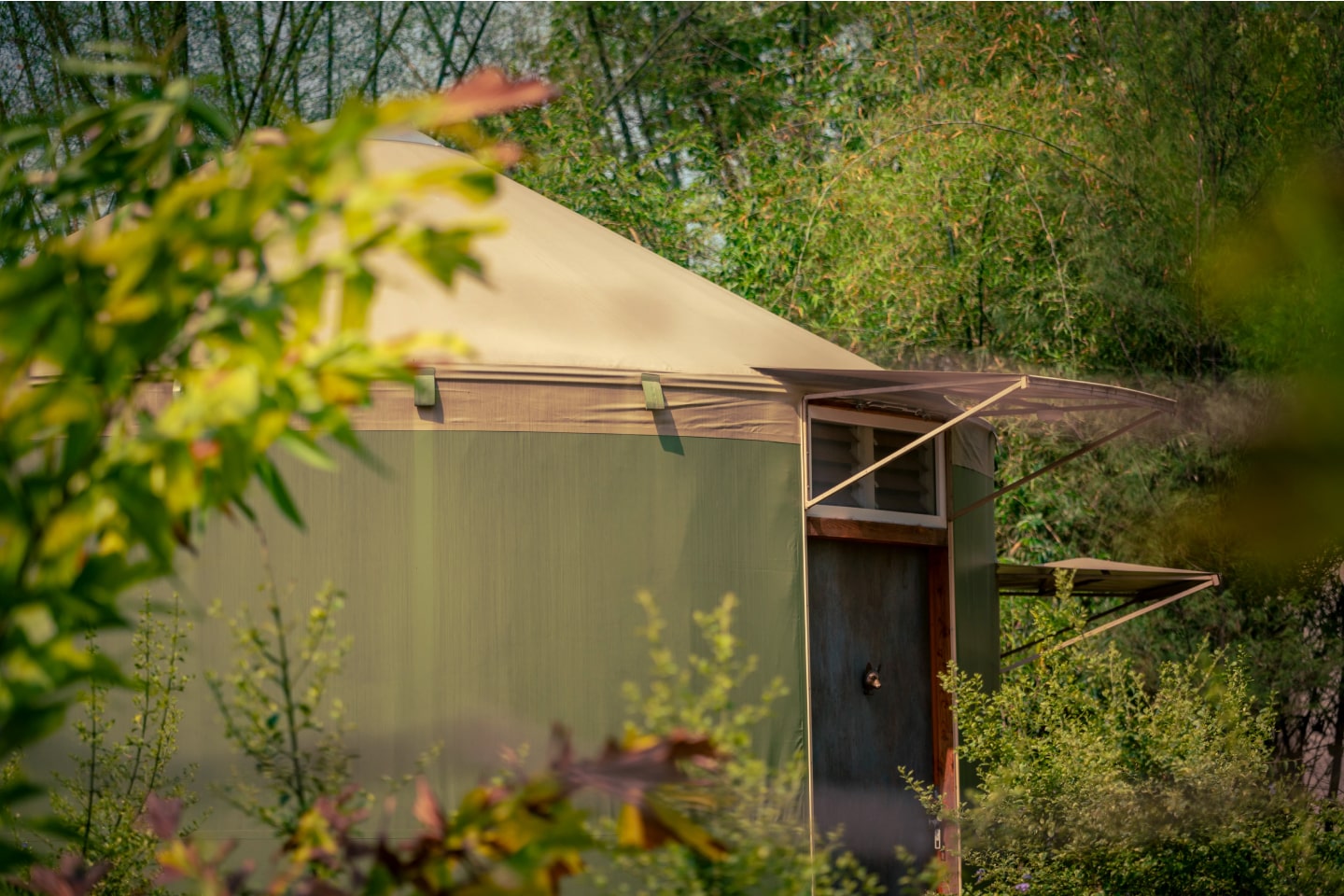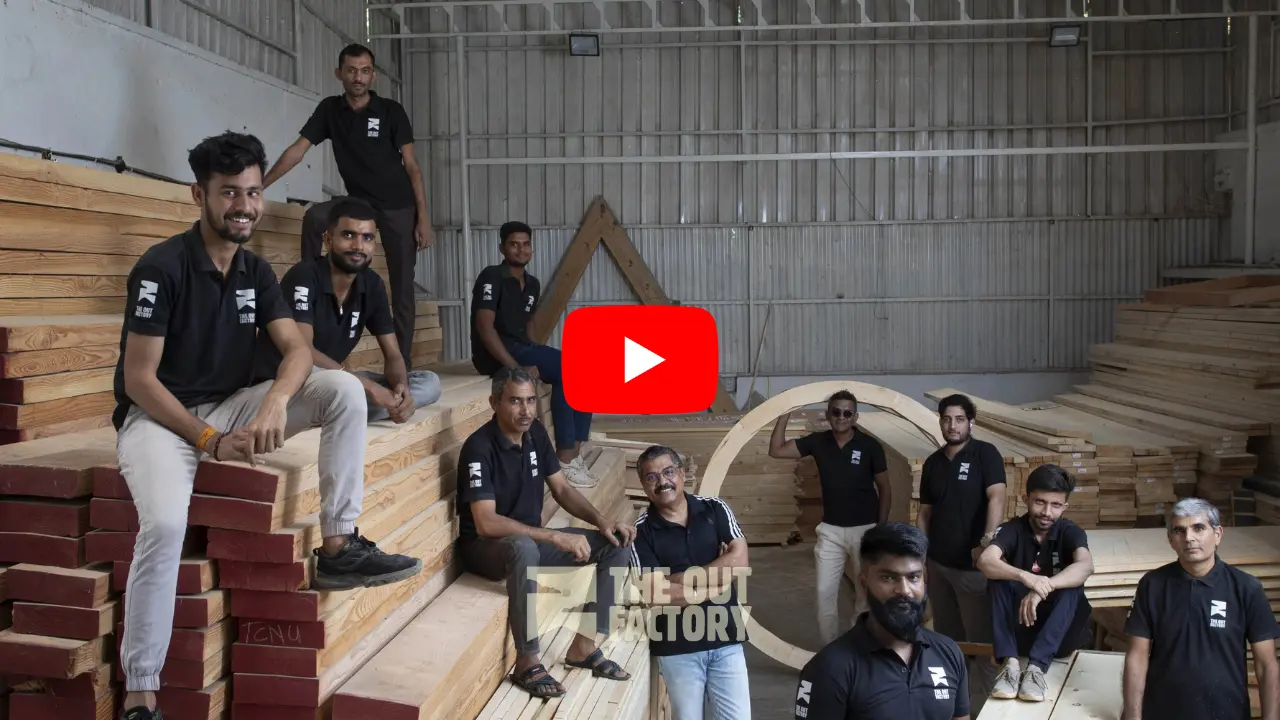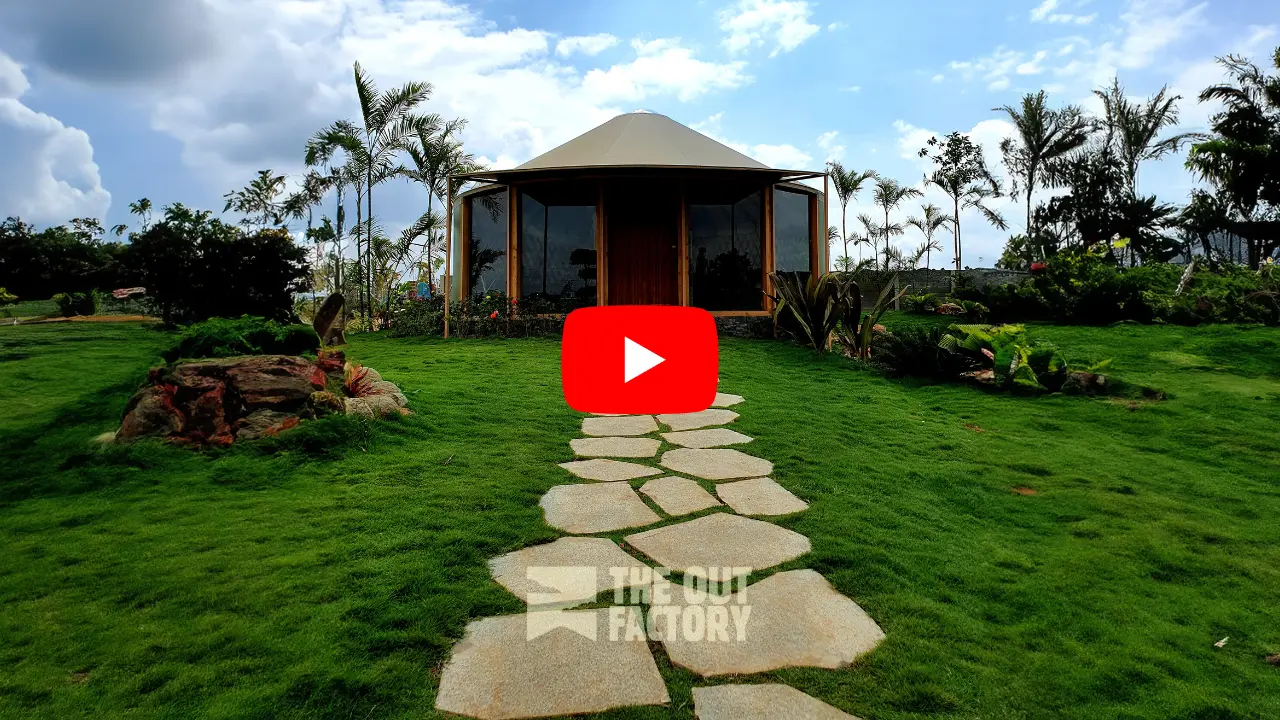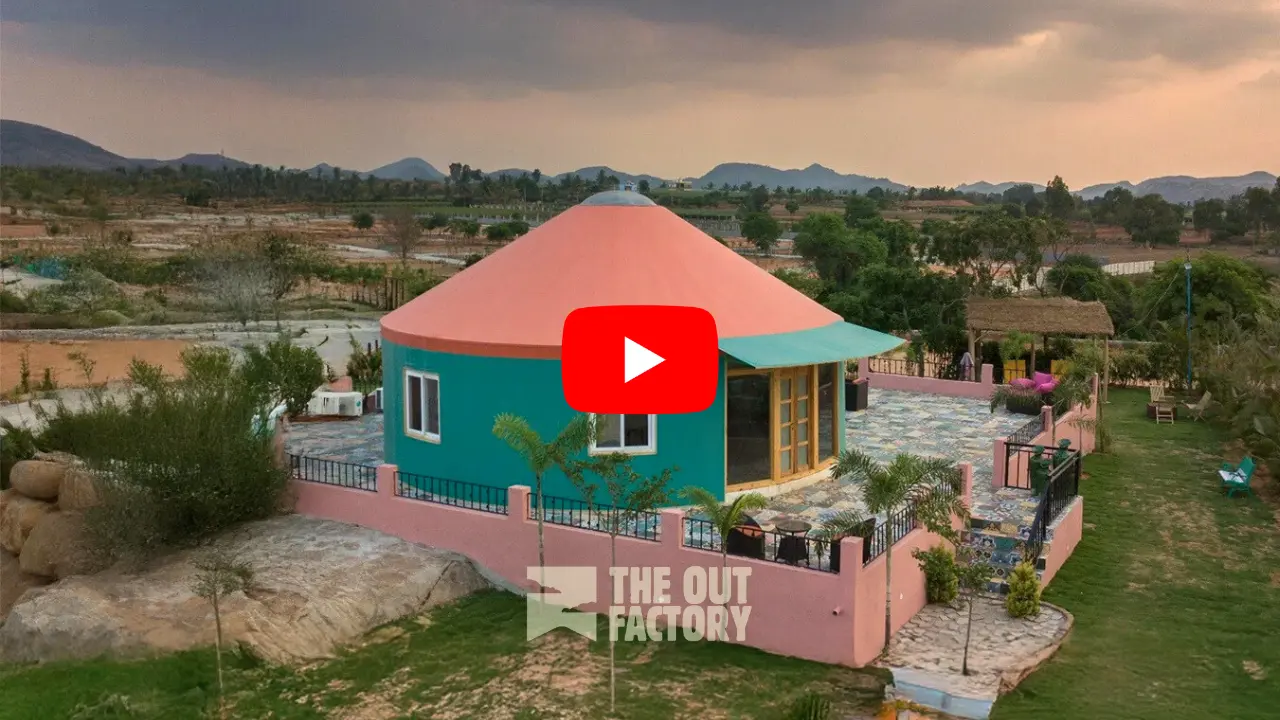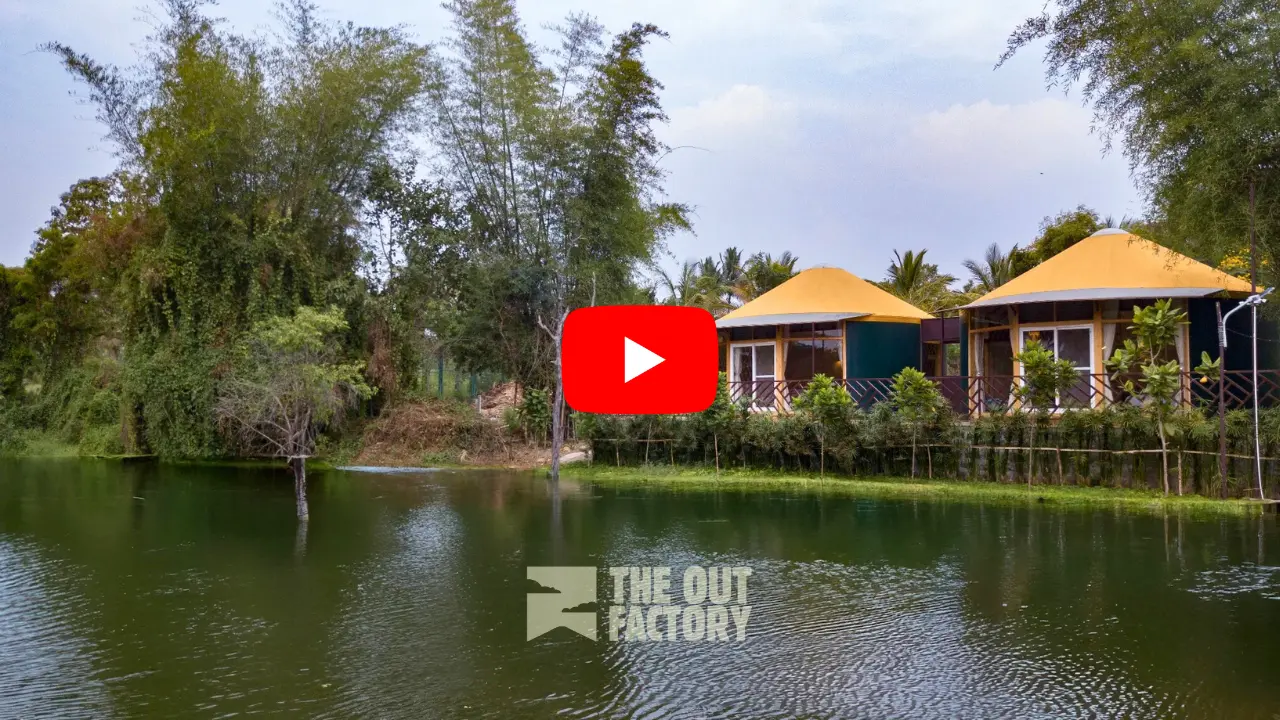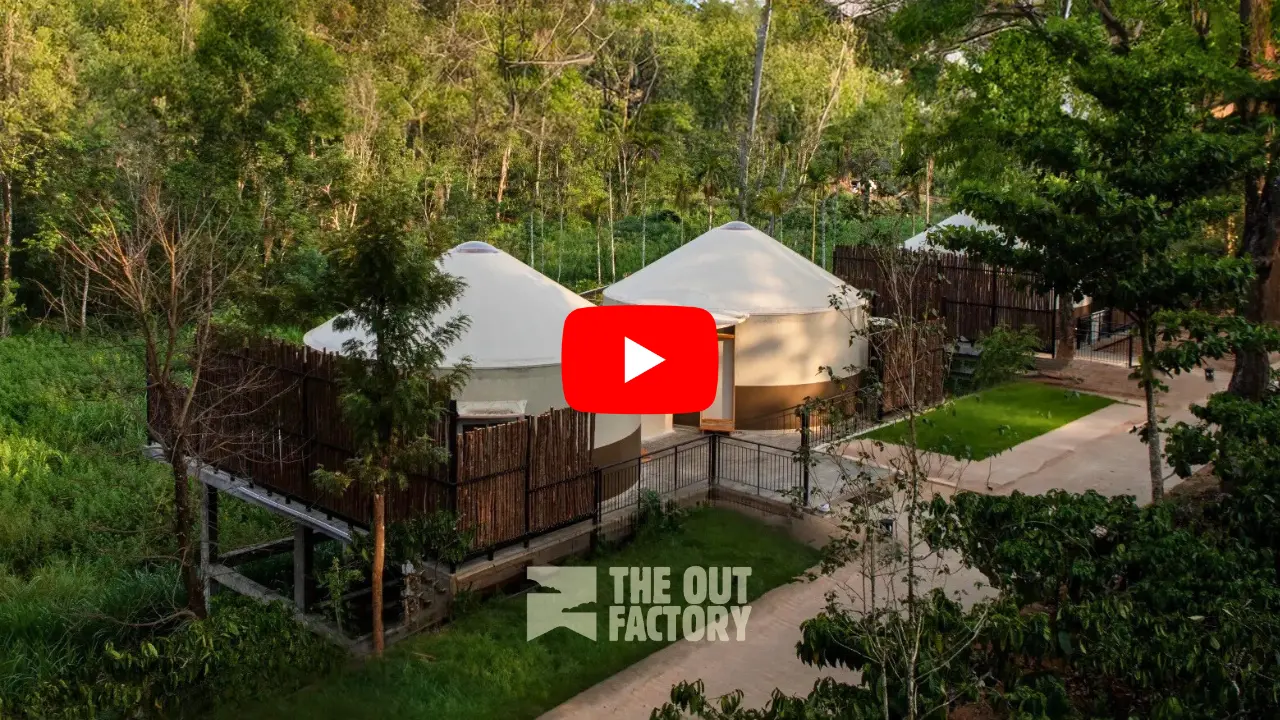
Mongolia, a country renowned for its vast steppes, untamed mountains, and nomadic way of life, is home to a one-of-a-kind architectural marvel that is widely recognized: the Ger, or Mongolian Yurt.
For thousands of years, these traditional Mongolian tents have been an integral part of the Mongolian way of life. It can just appear like a charming travelling tent to people who are not familiar with this intriguing portable dwelling. But the Ger is much more than that; it’s a representation of the culture, innovation, and long-standing customs of Mongolia.
In this post, we will explore the complexities of Gers by answering seven frequently asked questions.
1. What is a Traditional Mongolian Yurt?
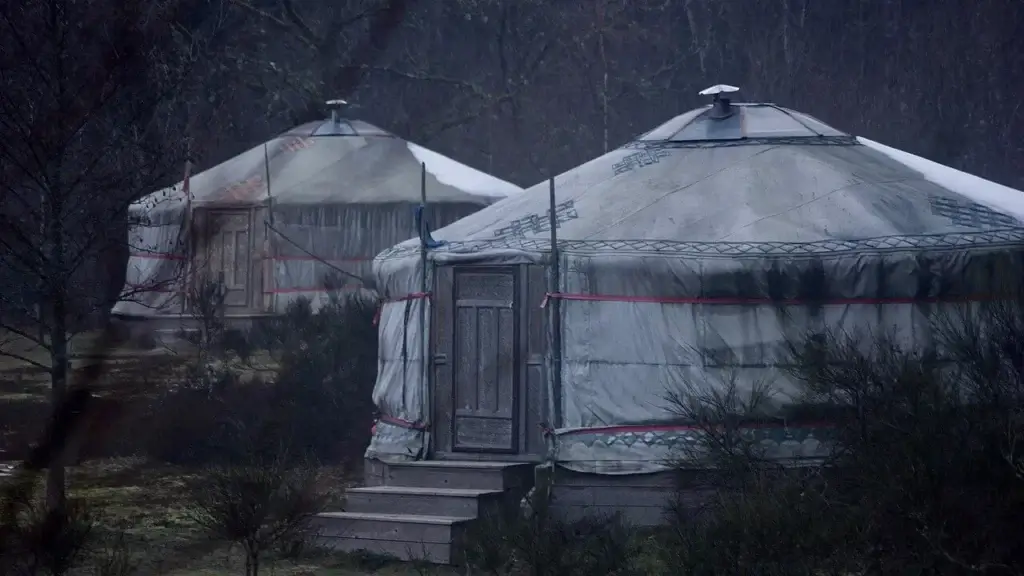
A traditional Mongolian yurt, locally known as a “Ger,” is a spherical and portable housing meant to endure Mongolia’s harsh climate. The country faces climates ranging from sweltering summers to freezing winters, which require a versatile and durable kind of dwelling. Gers are designed with functionality in mind; they are simple to assemble and disassemble, making them perfect for Mongolian nomads who relocate their camps several times a year in search of pasture for their cattle.
A Ger’s structure consists of a circular wooden frame made up of a wood lattice known as the “khana,” multiple roof poles known as the “uni,” and a center crown or “toono.” This clever design gives stability and flexibility, allowing the Ger to withstand severe steppe winds while being portable.
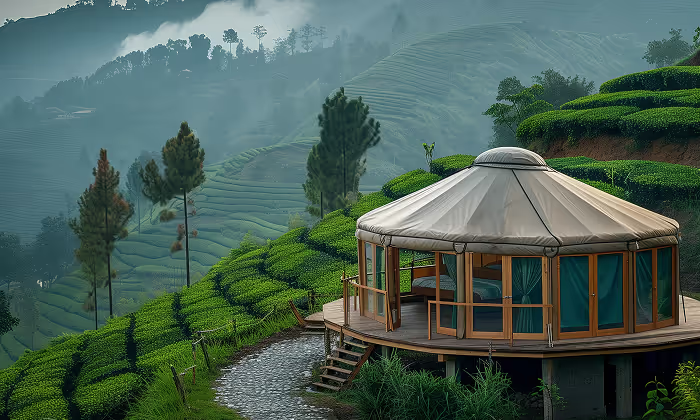
uniquely yours?
Explore Limitless options in our 3d yurt builder
and bring your vision to life
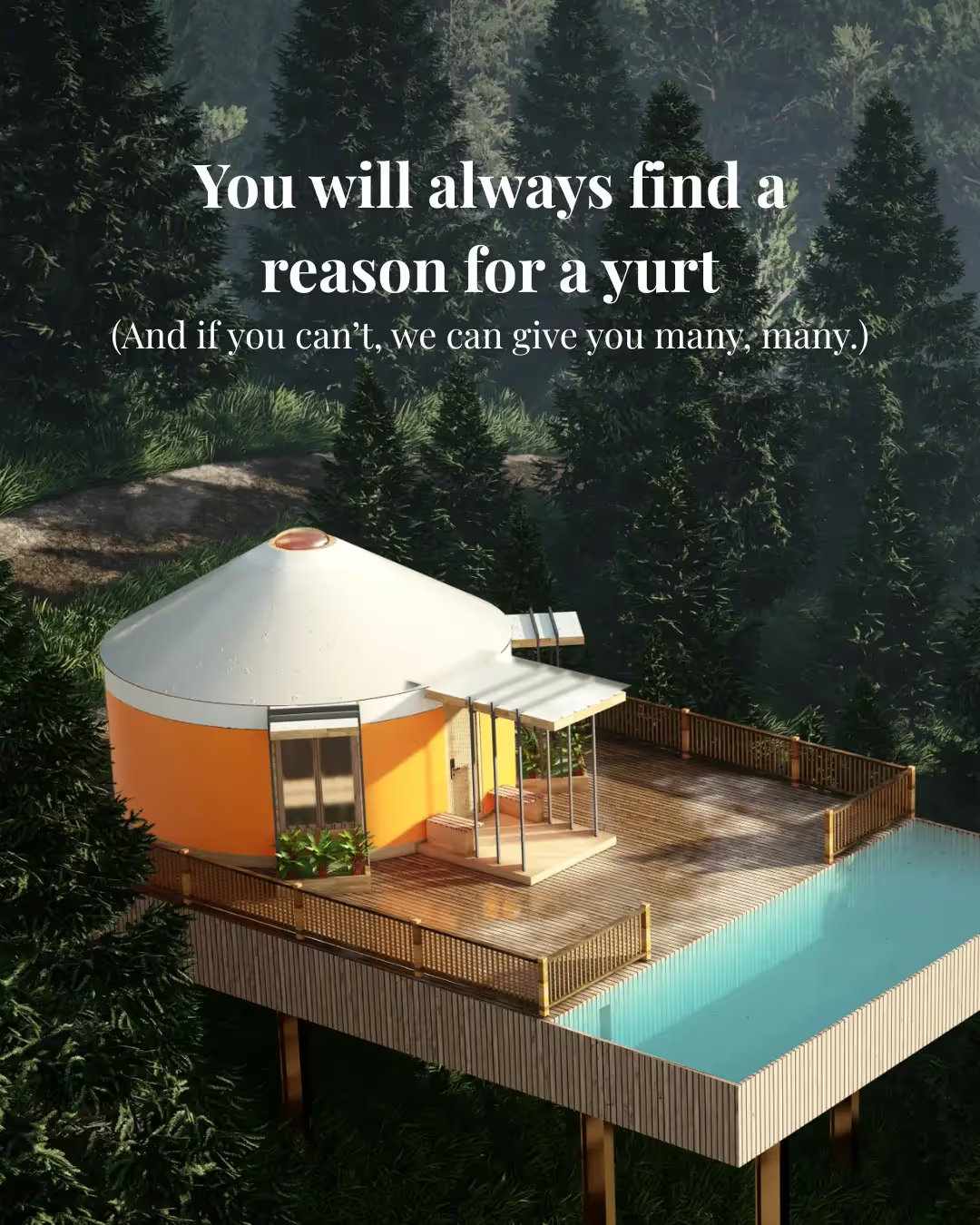

.png)


